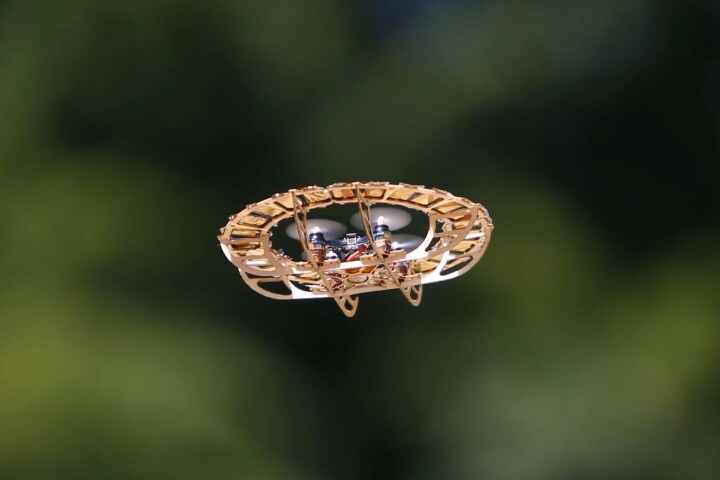Computer simulations have revealed that a hostile, tidally locked exoplanet located roughly 45 light-years from Earth is capable of hosting tectonic activity on a massive scale. Tectonic activity is considered to be one of the key processes that contributes to making a world habitable.
The presence of global tectonic activity on a world plays a massive role in its long-term evolution. The process is responsible for transporting material from deep within a planet's interior to the surface, and vice-versa. In so doing, tectonic activity has shaped our planet, and its atmosphere, into the livable world we see today.
As it stands, Earth is the only planet that we know of which hosts active tectonic plates. This is partially due to the fact that distant alien worlds are often shrouded in dense atmospheres, making the evidence of widespread geological activity difficult to observe.
However, a new study has revealed that global tectonic activity could be occurring on worlds spread throughout the universe that are radically different to our own Blue Marble.
The new research focused on the exoplanet LHS 3844b. The rocky alien planet, which is slightly larger than the Earth, always presents the same face to its parent star. This phenomenon, known as tidal locking, makes the world phenomenally inhospitable, with temperatures on the "day side" of the planet – which is constantly bathed in the nearby star’s radiation – sitting at roughly 800 °C (1,470 °F).
Conversely on the night side, which is shrouded in perpetual darkness, temperatures fall below -250 °C (-420 °F). What's more, LHS 3844b is also thought to be devoid of any significant atmosphere, meaning that it has no protection from the fury of its nearby star or the frigid space environment.
It was previously discovered that the planet was likely covered in vast lava plains, similar to those that encompass swathes of Earth's moon. The researchers behind the new study sought to probe whether it was possible for a planet so radically different from Earth to harbor tectonic activity.
To this end, the team ran numerous computer simulations that took into account varying strengths of internal planetary material and various heating sources, including the decay of radioactive elements and temperature exchange from the core. The scientists were also sure to include the temperature difference between the night and day side of the planet in their calculations.
"Most simulations showed that there was only upwards flow on one side of the planet and downwards flow on the other," explains study lead Tobias Meier from the Center for Space and Habitability (CSH) at the University of Bern. "Material therefore flowed from one hemisphere to the other."
Simulations run by some of the researchers resulted in hotter, lighter material on the day side of the planet rising upwards, while the opposite occurred on the night side. However, other simulations revealed that matter could counter intuitively rise on the night side of the world.
"This initially counter-intuitive result is due to the change in viscosity with temperature: cold material is stiffer and therefore doesn't want to bend, break or subduct into the interior," comments co-author Dan Bower, also of the University of Bern. "Warm material, however, is less viscous – so even solid rock becomes more mobile when heated – and can readily flow towards the planet's interior."
Either way, the results revealed that subsurface material flow patterns are capable of occurring on LHS 3844b. And these flow patterns are vital for the presence of global tectonic activity. Furthermore, wherever the material rose to the surface, there would likely be a significant amount of volcanic activity, while on the other side of the planet there would be barely any at all.
Future high-resolution observations of the exoplanet’s surface that pinpoint the presence of widespread volcanism could therefore be used to test the validity of the simulations.
The study has been published in The Astrophysical Journal Letters.
Source: University of Bern




